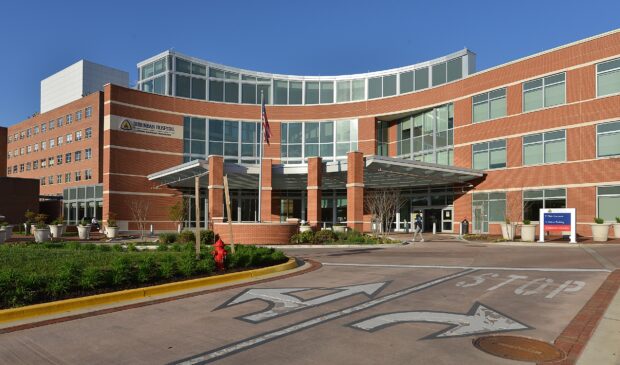About the Author
Hunter is a practicing attorney and freelance reporter who relocated to Austin from his home state of Arkansas. He most enjoys covering the intersection of business, politics, environmental issues and entertainment. Prior to joining the Austin Monitor, he reported for the Sidney Herald in Montana. Send tips to huntr.simms@gmail.com or follow him on Instagram at @hunto_simmo.
Newsletter Signup
The Austin Monitor thanks its sponsors. Become one.
Most Popular Stories
- Parks Board recommends vendor for Zilker Café, while voicing concerns about lack of local presence
- City leaders evaluate surprising ideas for water conservation
- Office slowdown sparks new downtown housing ambitions
- Audit: Economic official granted arts, music funding against city code
- Downtown Historic Resource Survey eyes seven new districts eligible for designation
-
Discover News By District
Popular Whispers
Sorry. No data so far.

City Council resolution requiring bollard installations at medical facilities could prevent future tragedies
Friday, October 4, 2024 by Hunter Simmons
Following a tragic accident at St. David’s North Austin Medical Center on Feb. 13, City Council responded in July by unanimously approving a resolution to enhance safety measures at medical facilities by requiring installation of bollards at entrances. This week, more details on the design of such features are being reviewed.
The accident at issue involved a drunk driver crashing into the emergency room lobby at approximately 47 miles per hour, killing themselves and seriously injuring a family of four (including a mother, father and two young children). The vehicle was brought to a stop after driving through a built-in, freestanding aquarium and colliding with the receptionist’s office wall on the other side of the lobby.
The injured family filed a lawsuit against St. David’s HealthCare for failing to install traffic safety barriers or bollards at the entrance to the clinic. Recently, the family’s legal team has acquired security camera footage from the lobby on the night of the incident and is currently leveraging it to seek a fair settlement from the defendant medical center.
Amber Hutchens, capital program consultant for Austin’s Transportation Development Services Division, provided an update to the Urban Transportation Commission on the progress of the resolution at the commission’s regular meeting on Oct. 1.
This resolution effectively amended Title 25 of the city code, regarding land development, to “require the installation of crash-rated bollards or other similar safety barriers to prevent vehicle-into-building crashes at the pedestrian entrances of medical facilities with nearby vehicular traffic.”
The legislation recognizes that “many hospitals in Central Texas do not use bollards at their entrances; and … the installation of crash-rated bollards at hospital entrances can save lives and prevent injuries.”
Commission Chair Susan Somers remarked on medical centers in the city’s general “vehicle-centric operations” and how the “car-oriented design of hospitals can encourage accidents.”
Language in the resolution mentions that “medical facilities present additional, unique factors due to drivers potentially being on medication, in distress, injured, or suffering from medical emergencies.”
Additionally, Austin’s Transportation Criteria Manual was updated to include design and construction criteria outlining public right-of-way accessibility guidelines, Texas accessibility standards, ADA compliance, crash-rated/materials requirements, installation requirements, location and placement guidance, accepted alternatives and review process, and fire/EMS coordination.
Austin City Manager T.C. Broadnax was directed to engage with stakeholders, including medical facility operators, with the goal of bringing about compliance with this new requirement.
Commissioner Spencer Schumacher clarified that the bollards would be constructed “when possible on private property and, if necessary, on the right of way.”
“Operators themselves prefer to install them on-site. It’s easier for them,” Hutchens said.
Hutchens reassured commissioners that Austin’s Transportation Development Services Division has been working with medical facility operators in the city “to ensure they could comply with any changes we adopt.”
Future dates in the schedule for adoption include a presentation to the Codes and Ordinances Joint Committee on Oct. 16, a Planning Commission public hearing on Nov. 12 and a City Council public hearing on Dec. 12 – leaving implementation likely to be realized in the new year.
Photo made available via a Creative Commons license.
The Austin Monitor’s work is made possible by donations from the community. Though our reporting covers donors from time to time, we are careful to keep business and editorial efforts separate while maintaining transparency. A complete list of donors is available here, and our code of ethics is explained here.
You're a community leader
And we’re honored you look to us for serious, in-depth news. You know a strong community needs local and dedicated watchdog reporting. We’re here for you and that won’t change. Now will you take the powerful next step and support our nonprofit news organization?


